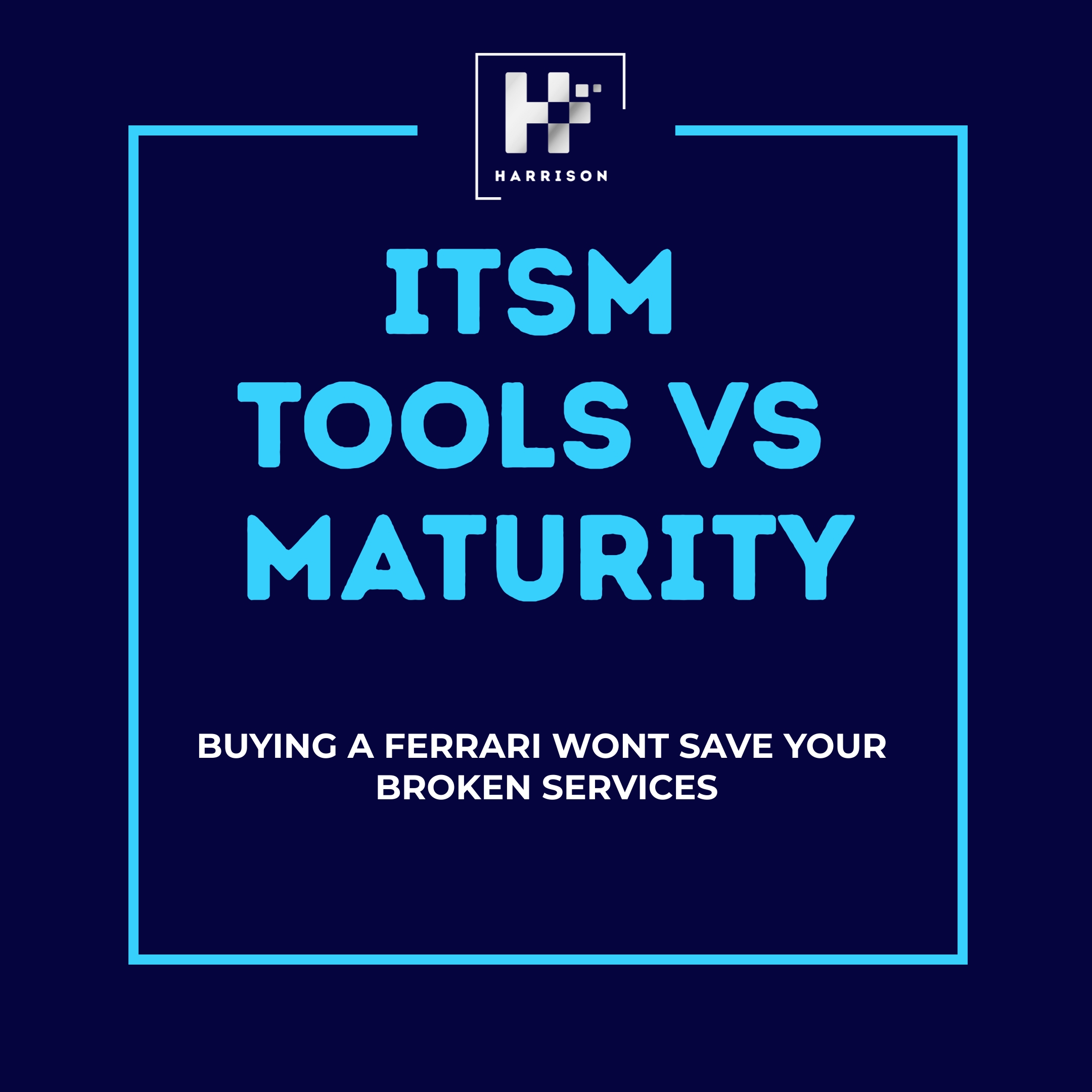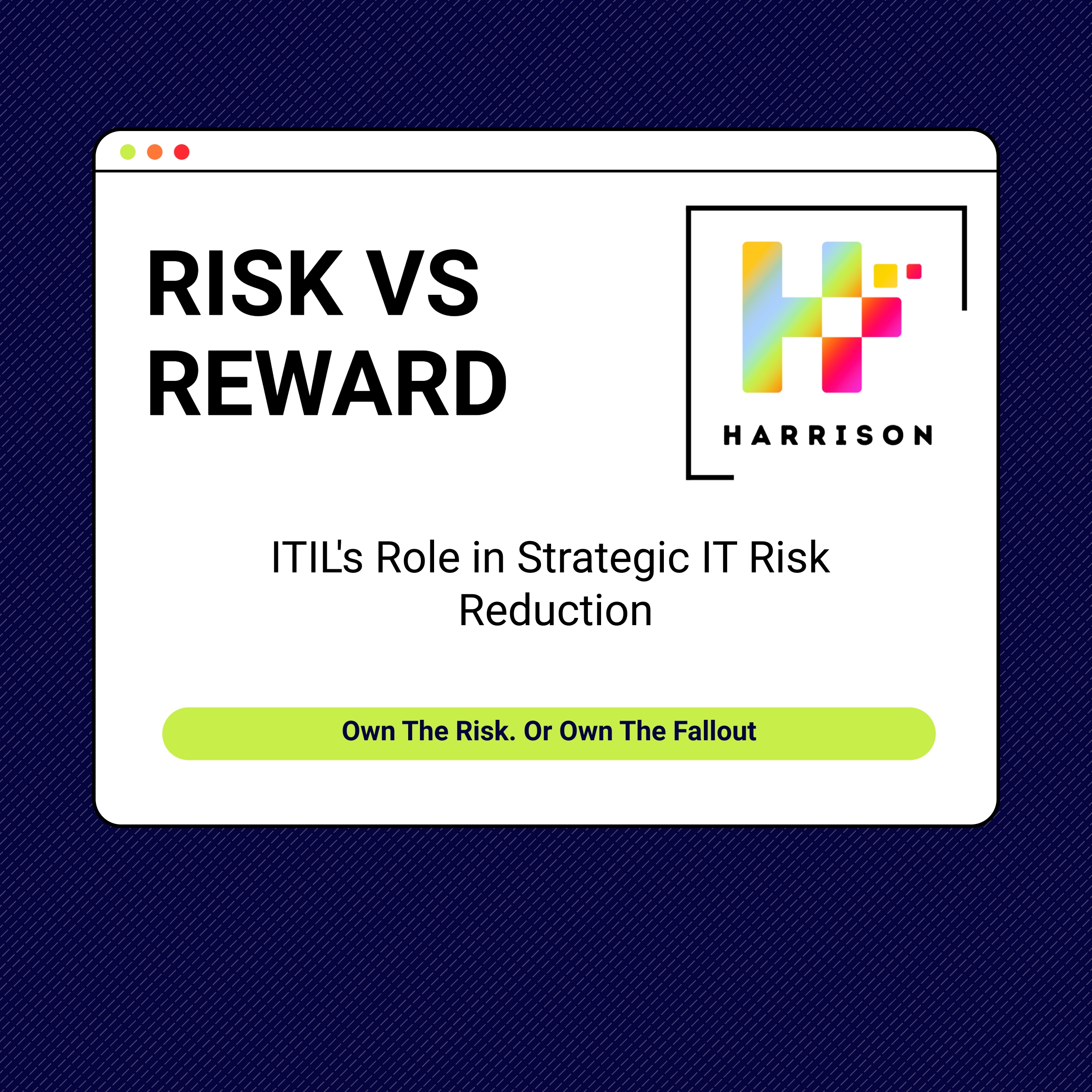Information Security Management – Why ITIL Security Practices Must Align With Business Protection
“If your security is buried in a policy document, your business is wide open.”
🧨 The Problem: InfoSec Is Still Treated Like a Bolt-On
In most IT orgs, information security isn’t woven into operations — it’s stapled on the side.
It’s still:
-
A compliance checkpoint, not a continuous discipline
-
The domain of one team — InfoSec — rather than every service owner
-
Written in policy, not lived in practice
-
Reactive to audit deadlines, not proactive to business threats
The result?
Security is disconnected from service delivery, change processes, incident responses — and ultimately, from business reality.
“Most organisations lack integration between InfoSec and operational IT functions. This results in delayed response, unclear ownership, and increased risk exposure.”
– ISACA, 2024
✅ The Good: Security Practices That Actually Protect the Business
In a mature ITIL implementation, Information Security Management (ISM) isn’t just documentation — it’s operational.
Here’s what it looks like:
-
Security requirements captured during service design, not post go-live
-
Access and privilege controls embedded in change and release workflows
-
Incident response plans include security breach protocols
-
Supplier contracts have security SLAs, OLAs, and breach notification expectations
-
Risk assessments are done per service, not just organisation-wide
-
Security controls are monitored live — not in quarterly reviews
❌ The Bad: Paper Security That Fails Under Pressure
If this sounds like your setup, you’ve got a ticking time bomb:
-
No security risk assessment before onboarding new SaaS vendors
-
Admin privileges shared across teams “just in case”
-
Incident response that skips the InfoSec team
-
Change records with no security sign-off
-
Audit findings repeated every year with no fix
-
Security policies that aren’t mapped to services or actual controls
When a breach happens, the business asks, “Were we protected?”
The answer is, “Not operationally.”
🔐 Where ITIL Comes In: Making Security a Lived Practice
Information Security Management isn’t a standalone activity in ITIL. It threads through every other practice:
-
Service Design: Define what security means per service — availability, integrity, confidentiality.
-
Change Enablement: Ensure every change has a security impact check.
-
Incident Management: Classify security-related incidents and escalate fast.
-
Supplier Management: Require evidence of security controls and breach processes.
-
Problem Management: Identify root causes linked to security hygiene.
The goal?
Security isn’t a box to tick. It’s a business protection function — owned by the CIO, embedded across practices, and measurable.
🔍 CIO WAR CHEST: Questions to Uncover the Security Gaps
It’s time to surface what’s really going on in your security model.
-
Which ITIL practices explicitly include security checkpoints or reviews?
-
Ask: Heads of Practice, Change Manager
-
Data: Process maps, recent CAB minutes
-
-
How are security requirements captured during service design?
-
Ask: Service Architects
-
Data: Service design packs, SLRs with security sections
-
-
What’s the incident response flow for suspected security breaches?
-
Ask: Head of InfoSec, Incident Manager
-
Data: IR flowcharts, actual timelines from last breach
-
-
How many privileged accounts are active — and how often are they reviewed?
-
Ask: IAM Lead, Infrastructure
-
Data: Access review logs, policy compliance reports
-
-
Which suppliers have access to sensitive data — and what controls are in place?
-
Ask: Supplier Manager, Security
-
Data: Contracts, DPA terms, SOC 2 or ISO artefacts
-
🧠 CIO Truths: Security Is a Business Trust Issue
-
If your security policies aren’t mapped to real services, they’re decoration.
-
If your service desk doesn’t know how to escalate a suspected breach, you’re exposed.
-
If every breach feels like a first-time reaction, you don’t have operational security.
-
If your change process doesn’t include security sign-off, you’re creating risk.
-
If you’re not involved in security governance — someone else is writing your obituary.
🧩 The Security Integration CIOs Must Lead
Security leadership isn’t about being a CISO. It’s about ensuring your operating model protects your business.
That means:
-
Building security into service design
-
Auditing the operational behaviours, not just the policies
-
Integrating InfoSec into command and control centres
-
Aligning security with the change and incident ecosystem
-
Ensuring that security is a verb, not a noun
🚨 Need Help Making InfoSec Operational, Not Just Compliant?
We help CIOs move security from documentation to integration:
-
Real-world InfoSec embedding into ITIL practices
-
Role-specific operational controls and responsibilities
-
Supplier security assurance overlays
-
Live dashboards for privilege management, breach alerts, and IR response
👉 Let’s get your security aligned to business protection, not just audit passing.
🔚 And That’s a Wrap (For Now)
That’s the final blog in the 8-week ITIL Leadership Playbook series.
But it’s not the end.
We’re now moving into Phase 3: Amplification & Deep Dives.
Watch out for:
-
Blog retrospectives
-
Live debates
-
Practice deep dives
-
Thought leadership packs
If you’ve found value in this series, let’s talk about how you apply it in your organisation.
Follow us
Latest articles
December 30, 2025
December 30, 2025
December 30, 2025
December 30, 2025
December 30, 2025
December 30, 2025








